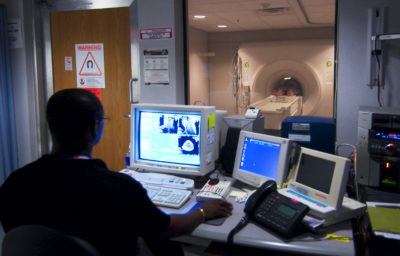What is Neurotrauma? Neurotrauma injuries include acquired brain injury (ABI) and spinal cord injury (SCI). Due to the catastrophic nature of Neurotrauma injuries, a person with ABI or SCI often requires years of support and services which has a huge impact on both the victim and their families.
According to the Ontario Neurotrauma Foundation, Neurotrauma injuries affect over 500,000 Ontarians and their families. “Acquired brain injury can result in problems with attention, planning and interacting with others; spinal cord injury can lead to permanent paralysis and the inability to walk,” according to information found on the ONF website, www.onf.org. ONF is a non-profit organization funded by the Government of Ontario which supports research and practice in the areas of Traumatic brain injury (TBI), Spinal cord injury (SCI) and injury prevention.
In 2013, ONF released a second edition of the Guidelines for Concussion/Mild Traumatic Brain Injury and Persistent Symptoms to assist healthcare practitioners to effectively diagnose and manage concussions/TBI in those over the age of 18. As stated on the website: “While research and the development of new knowledge is an essential activity, we also identify gaps in programs and activities necessary to improve the quality of life for those living with neurotrauma.” Source: onf.org
Spinal cord injuries are one Neurotrauma injury which occurs when a person suffers a traumatic event, such as a car crash or sports accident which results in direct damage to the cells in the spinal cord. There may also be a severing of the nerve tracks which release signals up and down the spinal cord. Contusion or bruising of the spinal cord is one of the most common types of spinal cord injuries, caused by pressure on the spinal cord.
Sadly, spinal cord injuries can happen to anyone at any time, regardless of age. Spinal cord injuries are one of the most traumatic life accidents. As anyone knows from high school biology class, the spine runs the entire length of the main region of the body. It is divided into four areas; the neck or cervical region, the chest or thoracic region, the lower back or lumbar and the tailbone, or the sacral region. When a traumatic accident causes injury to the spine, weakness, loss of sensation or even paralysis may result. Each consequence is different, determined by where the nerve function is injured. An injury to the lower spine may affect sensation in the leg, while an injury at the neck may result in paralysis in the arms, chest or even the legs.
If you or someone you know has experienced a Neurotrauma injury, including acquired brain injury (ABI) and spinal cord injury (SCI), call us at Horowitz Injury Law. We have almost 35 years of experience and a proven track record of resolving the claims of individuals who have suffered traumatic spinal cord or acquired brain injury. We will make every effort to settle your claim and ensure you receive the compensation you deserve under the law. Call us today for a free consultation at 416-925-4100. No upfront fees.




